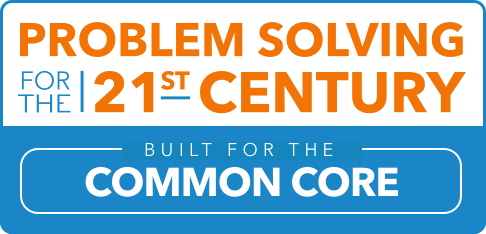Measurement Unit
The Measurement Unit involves applying the process of measuring to quantify attributes that can be measured (length, area, volume, capacity, weight/mass and time). Questions to uncover the process of measuring may include:
- What attribute are we measuring? (such as volume)
- What unit should we use to measure our object? (a unit of volume such as same-sized cubes)
- About how many units do you estimate will fill the box?
- How can you use the units to find the volume of the box? (such as use cubes to fill the box with no gaps or overlaps)
- Could you use operations to find a more efficient way to find the volume of the box?
Additional key questions may include:
- What is the difference between linear units, units of area, and units of volume?
- Given a formula for finding volume, how can you create a real-world situation to match it?
- How does knowing the relationship between units in the same measurement system help to solve real-world problems?
Math Concepts and Skills:
Volume, Area, Length and Conversions between Measurement Systems (Metric or Customary)
The student is expected to
- identify a cube as a 3-dimensional unit of volume and use cubes to find the volume of a 3-dimensional object, such as a box, by filling it with no gaps or overlaps.
- find the volume of a rectangular prism with whole number dimensions by using multiplication—the number of layers times the area of one of the layers.
- use cubes/pictures of cubes to develop the formula for finding the volume of a rectangular prism.
- represent and solve problems involving perimeter, area, and/or volume.
- solve problems by determining conversions within a measurement system—metric or customary.
Summative Assessment Task
Given the dimensions of Maria's box, students determine the dimensions for four possible box sizes that can hold twice as much as Maria's box.
Students determine two possible sets of dimensions for two cereal box displays that will be placed side by side at a grocery store. Students also determine how many cereal boxes the displays can hold.
Instructional Tasks/Formative Assessments
Students determine what time Bella the bald eagle, will reach her nest after flying a distance five kilometers.
Students determine the dimensions for a box to hold a teacher's classroom set of base-10 blocks, with no extra space remaining in the box.
Students determine how many bags of chocolate chips are used to bake 20 dozen cookies for Mrs. Nelson's cookie order. Students also determine how much money Mrs. Nelson will spend for her cookie order.
Student determine how many one-cup measures are needed to fill a four gallon fish tank.
Given the dimensions of an old swimming pool, students determine how many loads of dirt it will take to fill in the pool.
Students continue a pattern to determine how many inches of wire Zack needs to hang his 10th model airplane.
Students determine the volume of Joseph's new aquarium, and determine how many fish Joseph can put in the aquarium.
Students determine the number of tissue boxes in each layer of a square pyramid-shaped supermarket display, and determine the volume of the display in tissue boxes.
Given the weight of one brand-new US penny, students determine how many pennies it would take to reach a weight of one kilogram.

